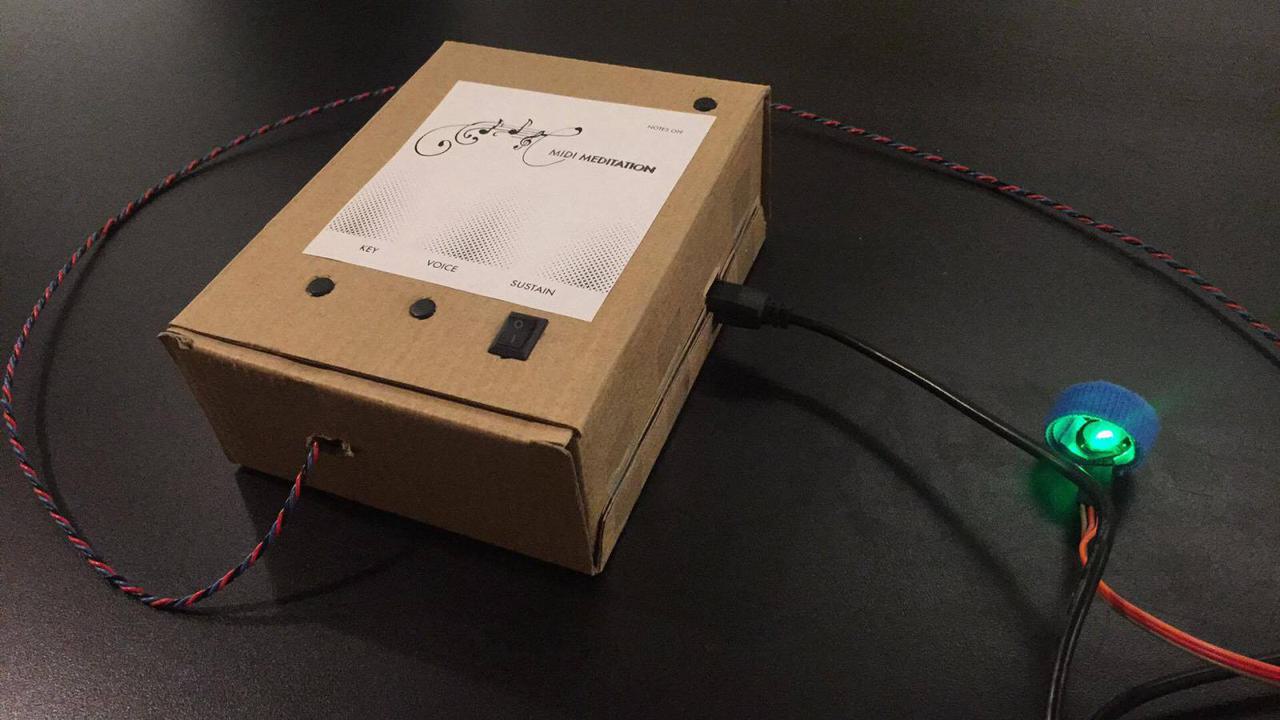Final Brainstorming
Camilla and I decided that for our final project we will continue working on our MIDI Meditation device. We did well working together and we have a good project idea. The feedback from the midterm presentation is that if we improve the interaction and user experience we will have a great final project and an intriguing submission for the final show. Rather than try to build some kind of crazy flying robot, I believe that working on the interaction and user experience design will be a good learning experience for me.


